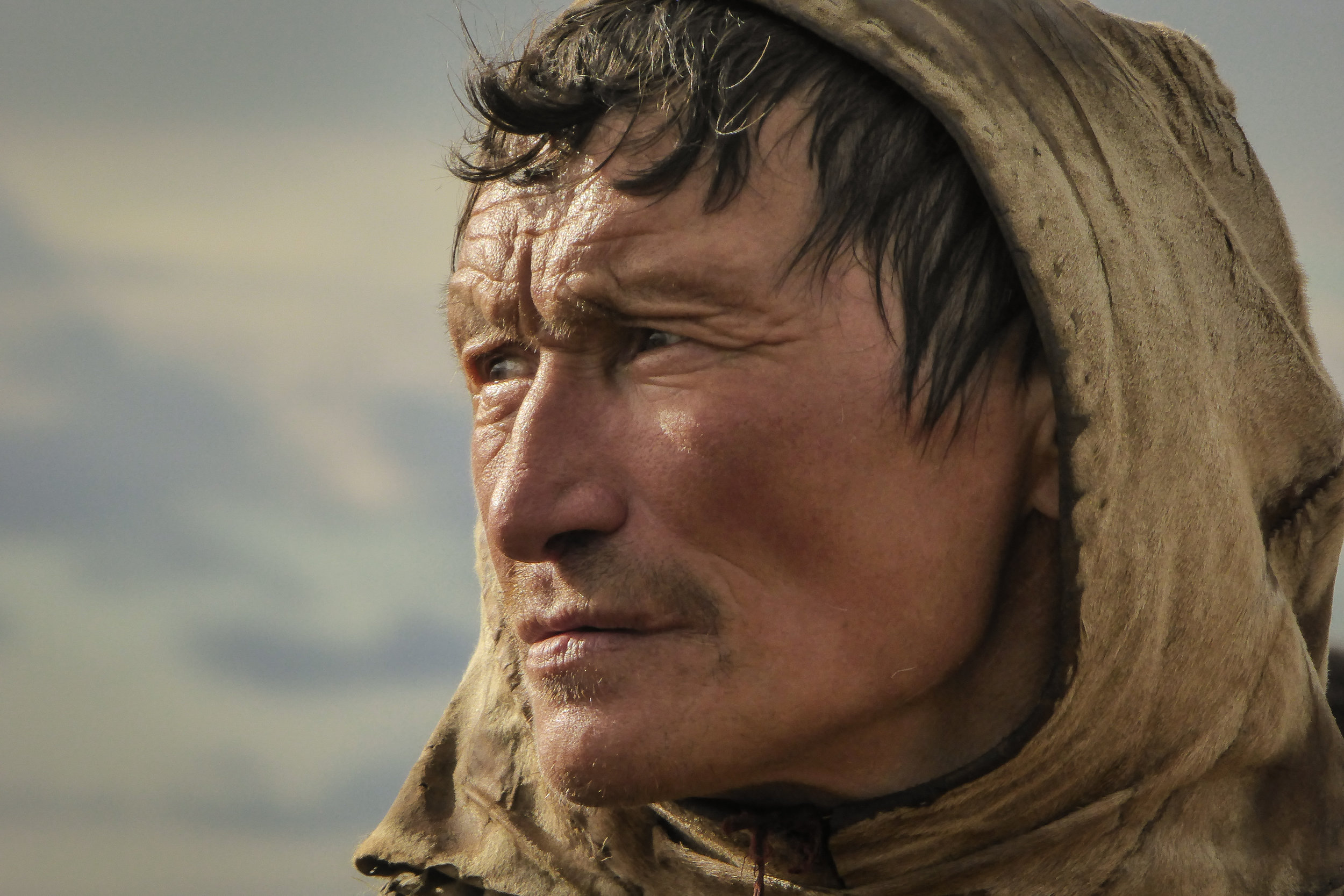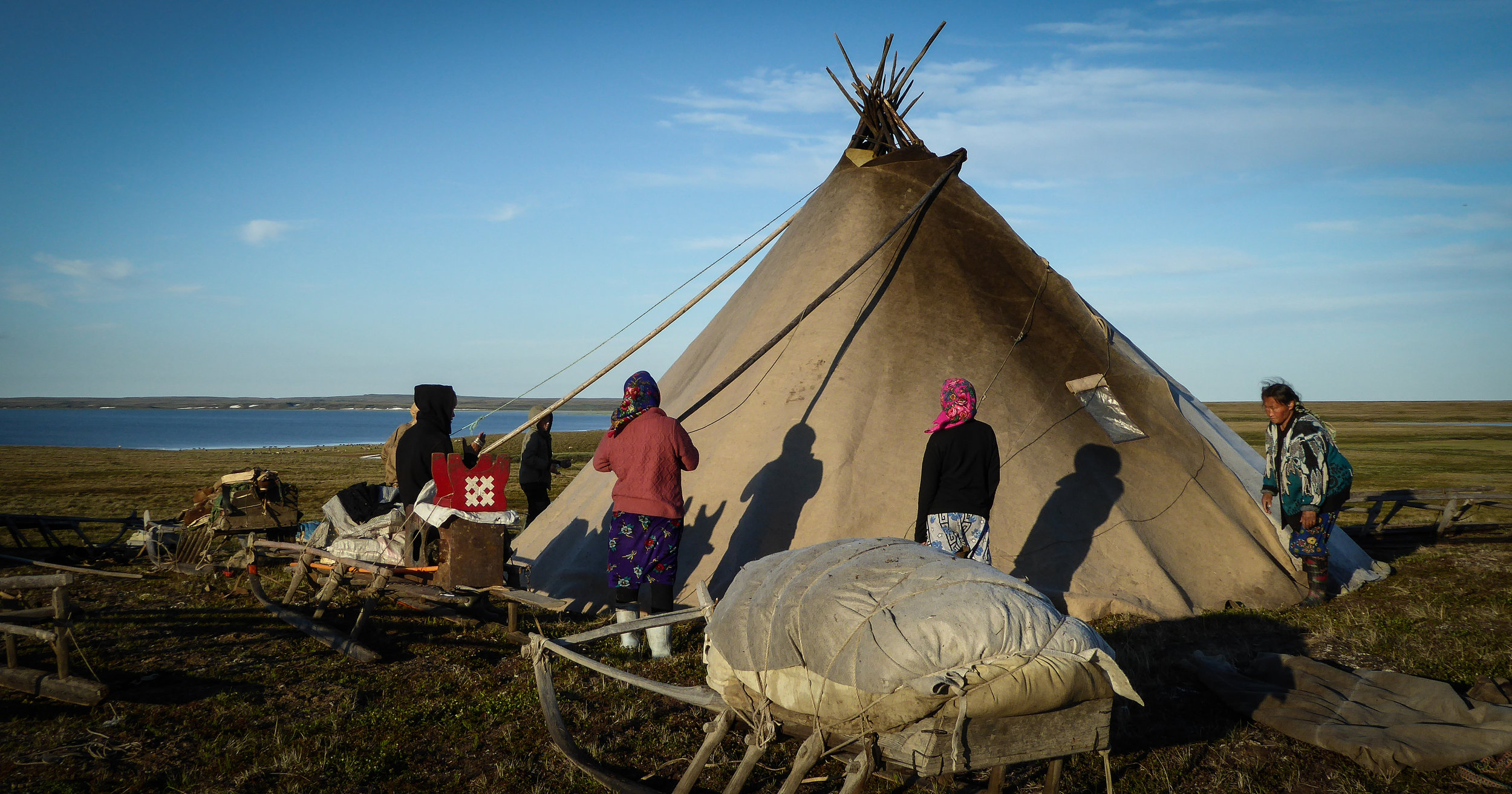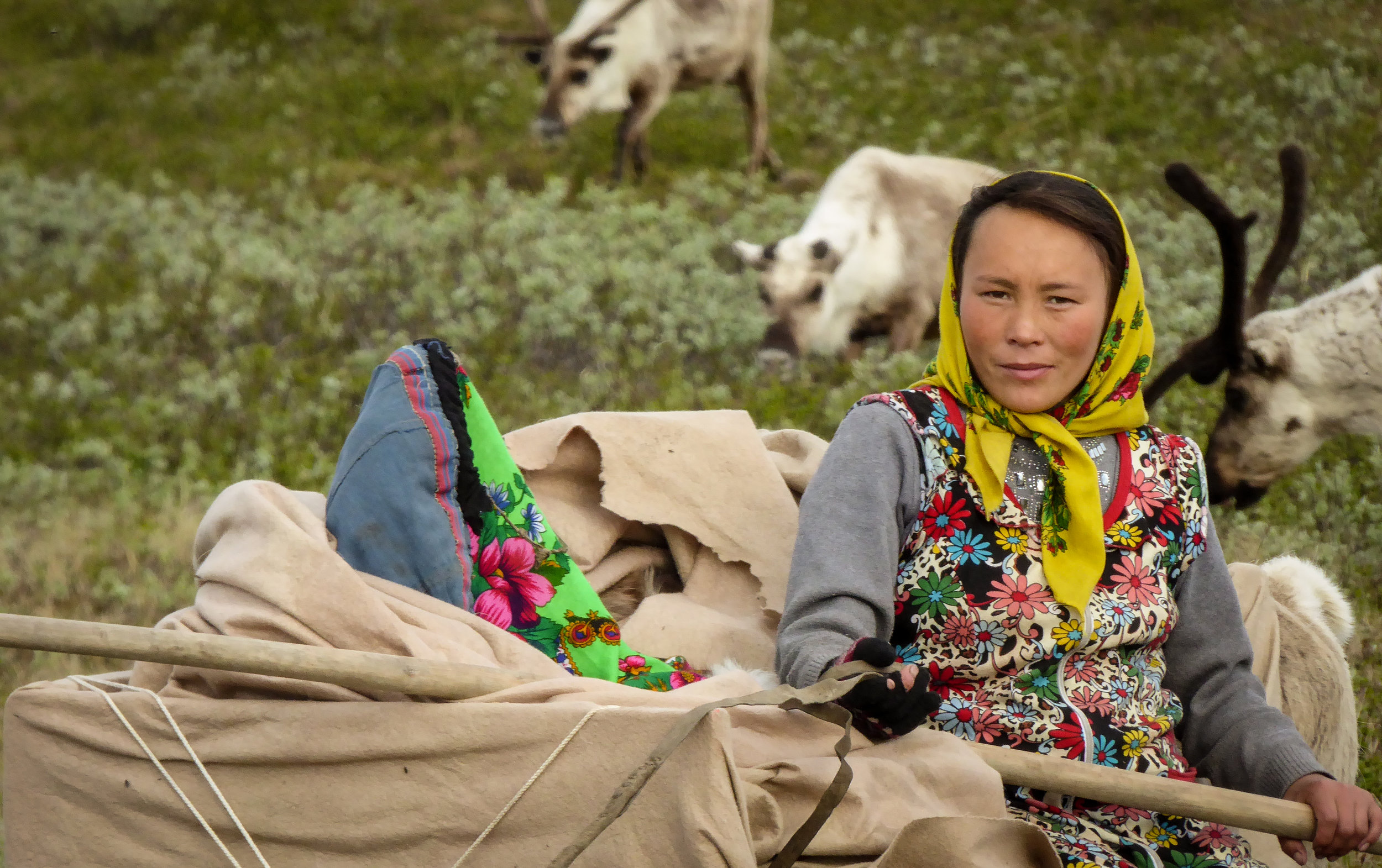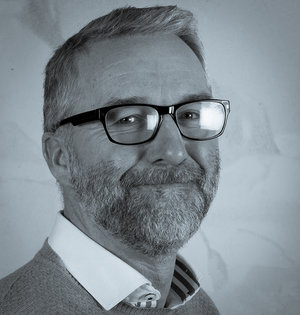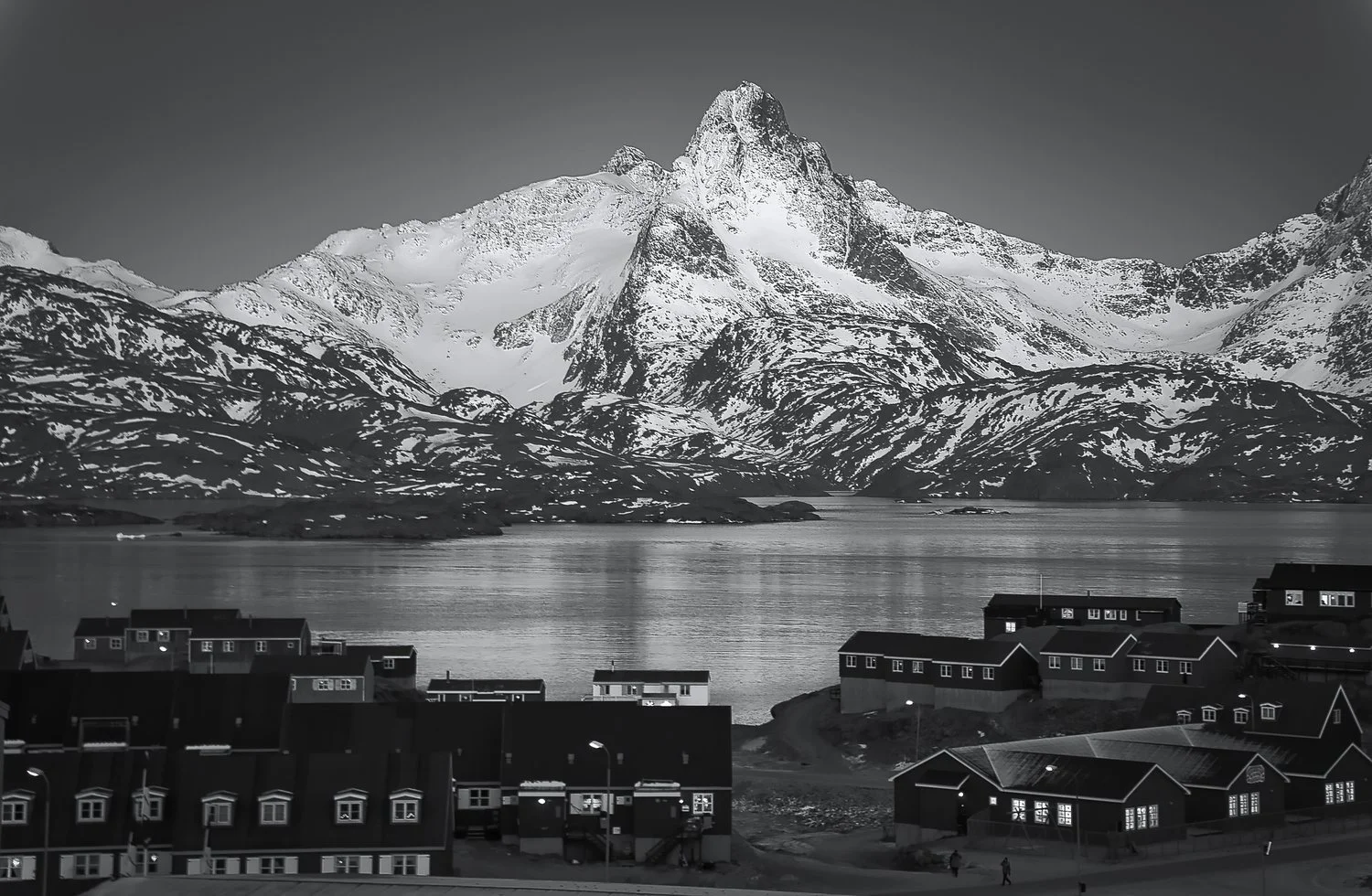Looking for answers for indigenous peoples on the tundra
INDIGENOUS
Writer: Helge M. Markusson //Fram Centre
Photographs: Zoia Vylka Ravna, Stine Barlindhaug
May 2018
What happens when indigenous peoples are exposed to globalisation and assimilation? Is it possible for them to maintain their cultural heritage and continue their traditional ways of life, when the wider society has trouble understanding indigenous communities and values? When officials in governing systems encounter something they don’t understand and respond by trying to control it through rules and through regulations. These questions can be asked for any of the different indigenous populations of the circumpolar North. Zoia Vylka Ravna went to the Nenets on the Russian tundra in the Yamal Peninsula in search of answers.
“The choices you make have enormous impact on your way of life. Will you live in a traditional “chum” or a house? Will you get around by car or by reindeer and sledge?”
These questions come from Zoia Vylka Ravna. She is a PhD student at NIKU – the Norwegian Institute for Cultural Heritage Research at the Fram Centre in Tromsø. For her doctoral project at UiT The Arctic University of Norway, she is looking into how globalisation affects indigenous people. Her fieldwork has been done among the Nenets.
There are almost 45 000 people who can call themselves Nenets. Like the other 45 or so indigenous peoples in Russia, the Nenets still live off what nature provides, reindeer husbandry, and fishing. They live in eastern Russia, Siberia, and northwestern Russia. For her studies, Ravna went to the northwestern area, to Yamal Peninsula, which extends 700 km into the Barents Sea.
“The Nenets are nomads who have had a unique way of life. They are born into a culture where traditional knowledge must be passed down from person to person if the community is to survive”, says Ravna.
But the Russian education system requires the children of nomads to leave their camps and live at boarding schools for nine months a year. This means that young people have little time to acquire traditional knowledge, language, spiritual values and cultivation.
Among the Nenets, women are the repositories of traditional knowledge, and it is women who pass it on to small children. When the women leave the camps – voluntarily or through force – and move to villages and towns, they set an example for young girls, who may also leave the traditional life on the tundra. The reindeer herder is left behind: a man who struggles to find a mate.
The reindeer is central to the Nenets’ culture. Without it, they would disappear as indigenous people.
“The young women discover that there is another way of life”, says Ravna. “They adapt to other values, including material values. The men are left behind on their own, but carry on with life as before. We see that life expectancy is short, partly because of heavy alcohol consumption. It gets harder to change their way of thinking.”
Gennadij knows all there is to know about reindeer, but is more interested in civil rights, history and Nenets happiness. JONAA©Zoia Vylka Ravna
Ravna has spent long periods on the tundra with the Nenets to understand their way of thinking. The objective of the research project is to develop a system that allows the Russian education system and the Nenets’ nomadic life adapt to each other.
“We have to go back to the formation of the Soviet Union to find the background for what is happening now. Before the Russian Revolution, the Nenets led a traditional nomadic life based on reindeer husbandry.”
One of the aims of the Soviet state was to create an equal society without gender restrictions, and this shook up the traditional gender roles of the nomads.
The other major change came with the Soviet system of agricultural collectives: reindeer were collectivised, though reindeer had never been collective property.
The period from 1920 to 1950 saw many changes that affected the transmission of traditional knowledge. One such change was forced relocation to larger villages because of the establishment of large collectives.
“It’s still difficult for the Russian system to understand the perspective of indigenous people, which is often based on seemingly abstract ideas”, says Ravna. “This is something we see in other parts of the world; the wider society has trouble understanding indigenous communities.
“When they encounter something they don’t understand they try to control it through rules and through regulations. The “Norwegianisation” of the Sami people serves as a good example”, says Ravna.
Researcher Zoia Vylka Ravna with veterinarian Denis Khudi. JONAA©Stine Barlindhaug
In part, she uses her own cultural background to understand what is happening. Ravna is herself a Nenets and grew up in the Nenets autonomous region in the village of Krasnoje. In 1993, she moved to St. Petersburg to study history and culturology and shared student housing with many other students from various parts of northern Russia, Siberia, and the Far East.
“Yes, I suppose you could say I’m doing research into myself. But I think that’s necessary to understand this kind of process. If you want to be able to use research in different contexts, you have to know the history. There’s a need to change focus from regarding the traditional culture of nomads as difficult, outdated, and impractical, to looking at the advantages instead.
“The Nenets’ way of life is complex but characterised by flexibility. They are able to adapt and are mobile. The traditional culture can provide people with new types of solutions, solutions modern-day research can’t help us”, says Ravna.
These boys help their parents fetch water and firewood, and build the mya. Then they play football and throw lassoes. In a few years they must choose whether to stay on the tundra or find another way of life. JONAA©Zoia Vylka Ravna
There is no single “right” way to hand down traditional knowledge, but Ravna believes we need new methods of transmitting traditional culture from generation to generation.
“In a classroom, you’re expected to acquire knowledge that makes you an efficient employee: a producer of material values. For the nomads, other values are important, such as living in harmony with nature and other ethnic groups”.
“But then the Nenets must also understand that their knowledge is unique. Increased globalisation can have irreversible consequences for this ethnic group. The Nenets realise this, and at the same time they realise that they need outside help to adapt to this development”, says Ravna.
Zoia Vylka Ravna (in blue) has carried out her fieldwork with the Nenets on the Russian tundra. This is from the migration. JONAA©Stine Barlindhaug
“It is still difficult for the Russian system to understand the perspective of indigenous people, which is often based on seemingly abstract ideas”, says Ravna. “This is something we see in other parts of the world; the wider society has trouble understanding indigenous communities. When they encounter something they don’t understand they try to control it through rules and through regulations. The “Norwegianisation” of the Sami people serves as a good example.”
The Yamal Peninsula is famous for its fishing and hunting. The Nenets live off fishing in the summer and start slaughtering the reindeer in August. JONAA©Zoia Vylka Ravna
“In a classroom, you’re expected to acquire knowledge that makes you an efficient employee: a producer of material values. For the nomads, other values are important, such as living in harmony with nature and other ethnic groups.”
Helge M. Markusson works as Outreach Coordinator at The Fram Centre (FRAM High North Research Centre for Climate and the Environment). Author and columnist. Former journalist of newspapers, radio and TV. Has also been involved in a series of smaller and bigger culture projects. Raised in Northern Norway, living in Tromsø, Norway. Helge is a member of the JONAA founding team.


